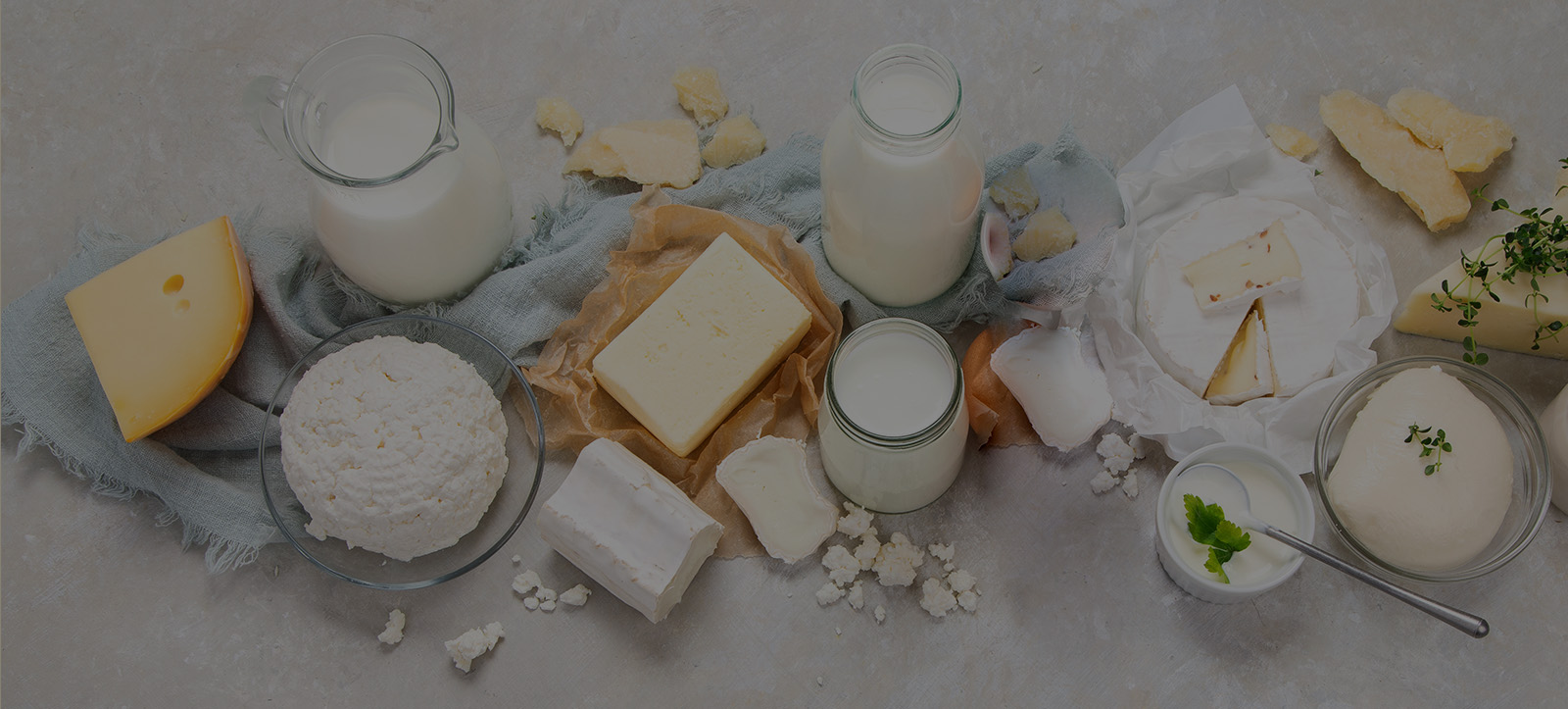Have you heard of pentadecanoic acid, also known as C15:0? It’s a fatty acid that’s been receiving a lot of attention for its potential health benefits. Keep reading to learn more about C15:0, its potential advantages, where the science currently stands, and simple ways to incorporate more of it into your diet for better health.
What is C15:0 fatty acid?
Pentadecanoic acid, also known as C15:0 or simply C15, is a saturated fatty acid with 15 carbon atoms and no double bonds. It belongs to a category of odd-chain fatty acids, which are found in foods in much smaller amounts compared to the more common even-chain saturated fatty acids like palmitic acid (C16:0) and stearic acid (C18:0). Once considered insignificant aside from being a biomarker of dairy fat intake, recent research indicates that C15:0 may play a role in supporting metabolic health and reducing the risk of chronic diseases.
Potential Health Benefits of C15:0
Emerging research––mainly observational or preclinical studies––suggests that C15:0 may be a potentially valuable nutrient for overall health.
-
Anti-inflammatory properties: One promising feature of C15:0 is its potential to reduce inflammation. Chronic inflammation is a key contributor to many diseases, including heart disease, diabetes, and certain cancers. A research team led by veterinary epidemiologist Stephanie Venn-Watson conducted a series of in vitro and animal studies examining different concentrations of odd-chain fatty acids. They found that even small amounts of C15:0 fatty acid had significant anti-inflammatory effects, lowering markers such as MCP-1, a protein that attracts immune cells.
-
Enhanced cardiometabolic health: Some research suggests that C15:0 may help protect the heart. An observational study in 4,500 people found that higher blood levels of C15:0 were linked to a reduced risk of cardiovascular disease. In a larger observational study exploring data from more than 15,000 people, higher blood levels of odd-chain fatty acids, including C15:0, were associated with lower LDL cholesterol, triglycerides, Apolipoprotein B, and other cardiovascular risk markers. Beyond observational research, results from a randomized control trial suggest that C15:0 may offer cardiometabolic benefits. In this study, women with fatty liver disease who supplemented a Mediterranean diet with C15:0 for 12 weeks had greater reductions in LDL cholesterol and improvements in gut microbiome composition than those on the Mediterranean diet alone. However, women in both groups achieved similar decreases in liver fat and body weight.
-
Liver health protection: Higher C15:0 levels may potentially reduce liver disease risk. In a 12-week randomized controlled trial of young adults with overweight or obesity, daily C15:0 supplementation raised blood levels of the fatty acid, and higher levels after treatment were linked to reductions in the liver enzymes AST and ALT. And an observational study of 237 children and adolescents found that higher intake of dairy fat and higher blood levels of certain fatty acids, including C15:0, were associated with lower levels of liver fat.
-
Reduced risk of type 2 diabetes: Several large observational studies have linked higher blood levels and greater intake of C15:0 and C17:0 to a reduced risk of developing type 2 diabetes. While experimental evidence remains very limited, emerging research suggests that the reduced risk may partly result from changes in insulin signaling and sensitivity. For example, an in vitro study found that C15:0 promotes glucose uptake in muscle cells and enhances insulin sensitivity without impacting insulin-dependent pathways.
-
Cellular health and longevity: In vitro research by Dr. Venn-Watson and her team suggests that C15:0 may have anti-aging effects comparable to rapamycin. Additional preclinical evidence cited by Dr. Venn-Watson points to C15:0’s potential to prevent cell damage and death associated with aging by supporting cell membrane stability and mitochondrial repair. A small observational study found that both older and younger people living in a high-longevity zone in Sardinia had higher blood levels of beneficial fatty acids like C15:0, which may help protect against age-related diseases, including neurodegenerative and metabolic disorders.
While these results are promising, much more human research is needed to determine whether increased C15:0 intake and blood levels lead to health benefits. The potential positive effects likely also depend on various lifestyle factors, including overall diet, physical activity, and individual health conditions.
Is Modern Food Culture Causing a Decrease in C15:0 Levels?
Many people are likely consuming less C15:0 fatty acid today due to shifts in diet and food production methods. C15:0 is primarily found in full-fat dairy products and in grass-fed meat, but with the rise of low-fat dietary recommendations, plant-based diets, and processed food trends, these sources have become less common in everyday meals. Additionally, industrial farming practices have altered the nutritional content of dairy and meat products, lowering the natural levels of C15:0 in these foods.
Given C15:0’s potential health benefits and the fact that it must be obtained through food because the body doesn’t produce it in significant amounts, some researchers suggest it should be considered for classification as an essential fatty acid. However, most nutrition authorities currently do not recognize C15:0 as an essential nutrient. As more research emerges supporting C15:0’s role in cardiovascular, metabolic, and cellular health, it could potentially influence future dietary recommendations.
How to Increase Your C:15 Intake
Good sources of C15:0 are full-fat dairy products, ruminant meat, and fatty fish.
According to Dr. Venn-Watson, research from human, animal, and lab studies indicates that most people need 100 to 300 milligrams of C15:0 daily to reach and maintain healthy blood levels of the fatty acid.
To increase your intake of C15:0, consider including the foods below in your ketogenic lifestyle on a regular basis.
Note: C15:0 content of foods may vary significantly depending on several factors. The listed values are from the USDA FoodCentral website and published research.
Full-Fat Dairy Products: Full-fat dairy products have much higher levels of C15:0 than low-fat or reduced-fat options. In addition, C15:0 levels are affected by the animal’s diet, breed, location, season of year, and other environmental factors.
Cheese, C15:0 content per 1 ounce (28 grams):
- Buffalo mozzarella: 100 to 130 milligrams
- Roquefort: 100 to 130 milligrams
- Pecorino Romano: 100 to 130 milligrams
- Gorgonzola: 90 to 110 milligrams
- Cheddar: 80 to 110 milligrams
- Brie: 75 to 100 milligrams
- Swiss (Emmenthaler): 70 to 90 milligrams
- Parmesan: 70 to 90 milligrams
- Goat: 65 to 85 milligrams
- Cow mozzarella: 50 to 80 milligrams
Dairy fats, C15:0 content per 1 tablespoon (14 grams):
- Heavy cream: 50 to 60 milligrams
- Butter: 50 to 60 milligrams
- Cream cheese: 45 to 55 milligrams
Yogurt, C15:0 content per 3/4 cup (170 grams):
- Full-fat Greek cow’s milk yogurt: 80 to 100 milligrams
- Full-fat cow’s milk yogurt: 70 to 90 milligrams
- Full-fat goat’s milk yogurt: 60 to 70 milligrams
Meat: Meat from ruminants––including cows, sheep, and bison–– is a good source of C15:0. Animals that graze on grass tend to produce meat with higher concentrations of odd-chain fatty acids like C15:0.
C15:0: content per 4 ounces (114 grams):
- Lamb: 80 to 130 milligrams
- Grass-fed beef: 90 to 120 milligrams
- Bison: 80 to 100 milligrams
- Grain-fed beef: 70 to 85 milligrams
Fish: Certain types of fish also provide C:15, although in lower amounts than meat or dairy products.
C15:0: content per 4 ounces (114 grams):
- Sardines: 35 to 65 milligrams
- Mackerel: 25 to 50 milligrams
- Catfish: 25 to 30 milligrams
- Salmon: 10 to 30 milligrams
Plants only provide tiny amounts of C15, including those that are rich in saturated fat. For instance, one tablespoon of coconut oil contains 11 grams of saturated fat but only 2 milligrams of C15.
Key Takeaways
While the research on C15:0 is still in its early stages and more studies are needed, making full-fat dairy, ruminant meats, and fatty fish a regular part of your keto lifestyle can help boost your intake of this potentially beneficial fatty acid. As science continues to explore C15:0’s health effects, this fatty acid may soon be considered a key player in supporting long-term wellness and vitality.



